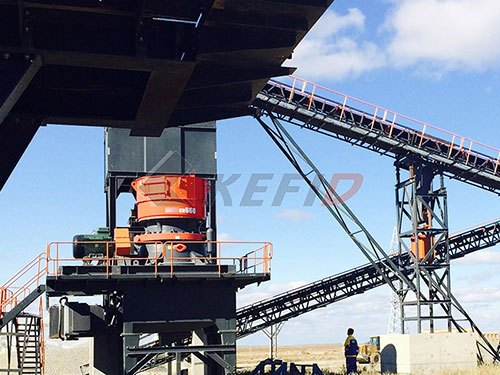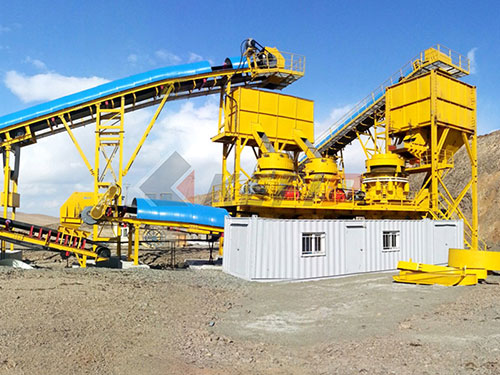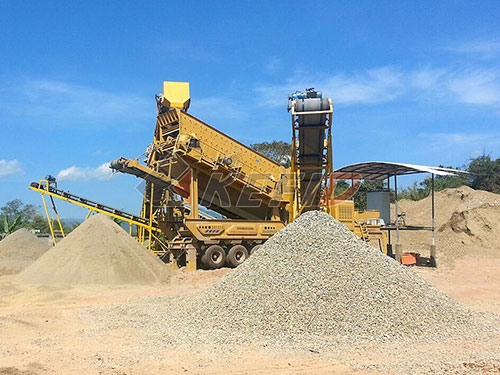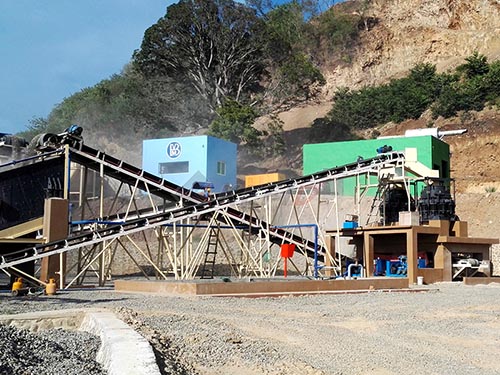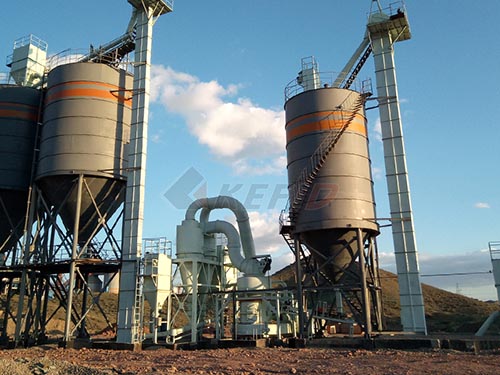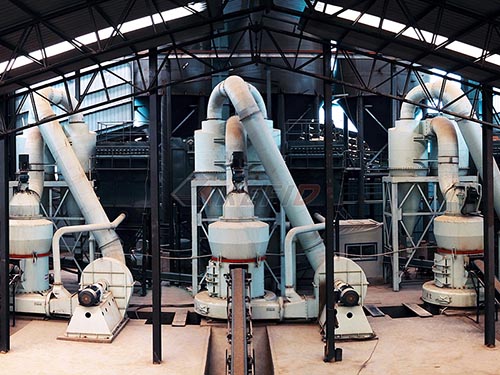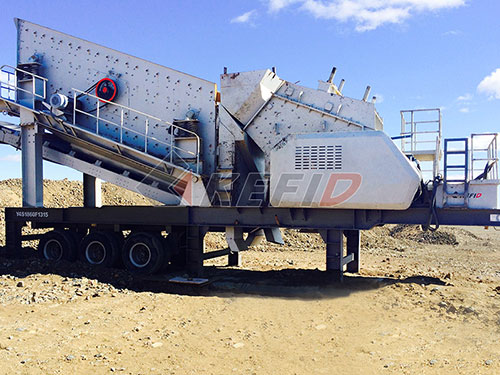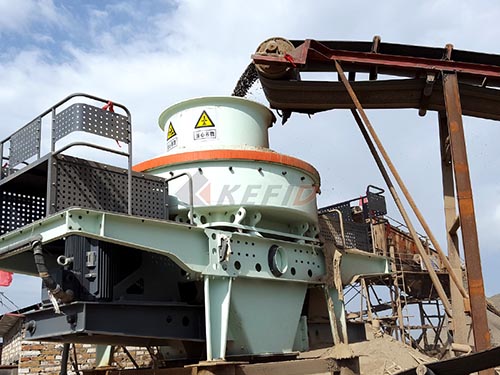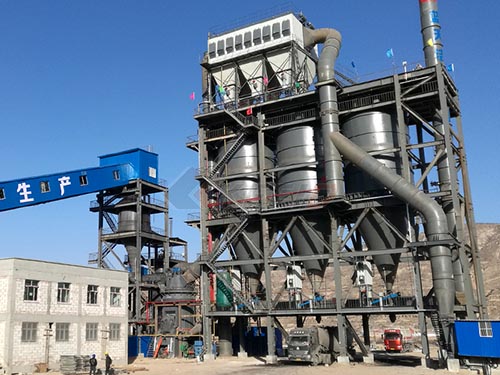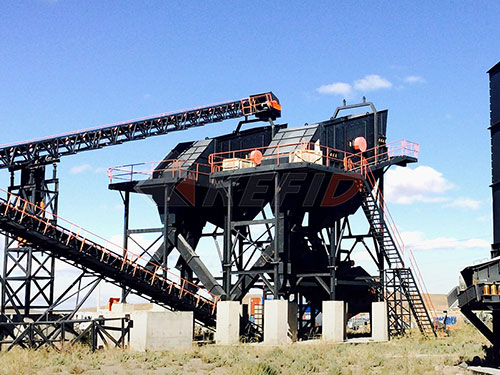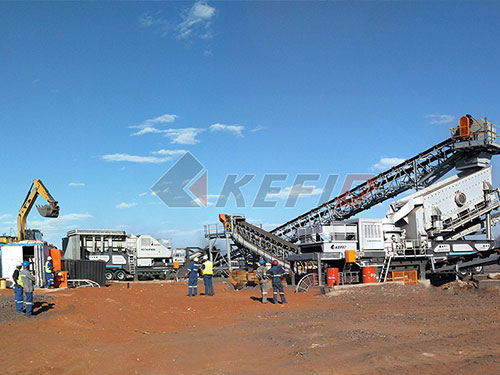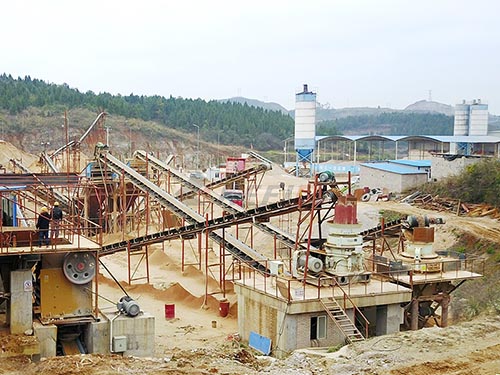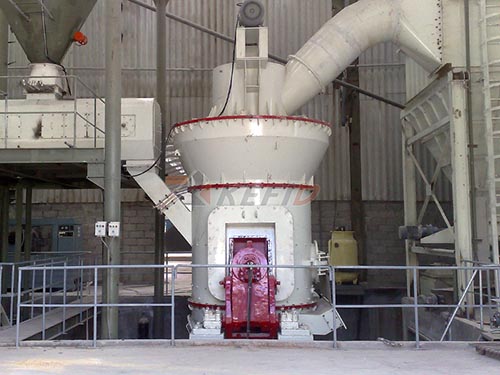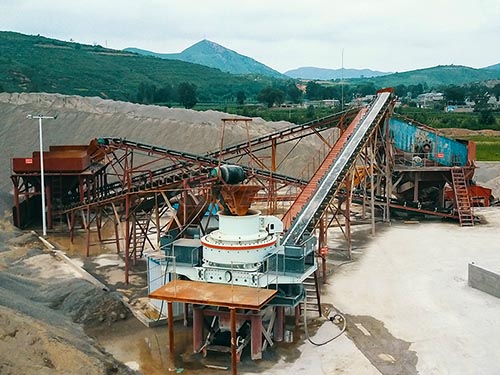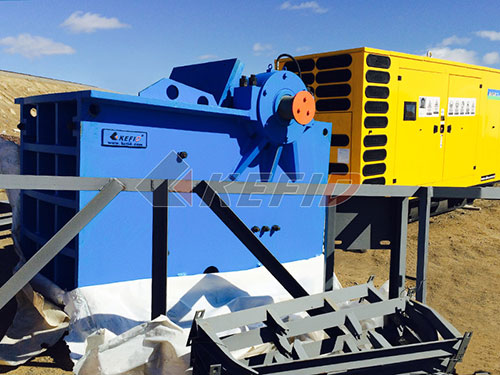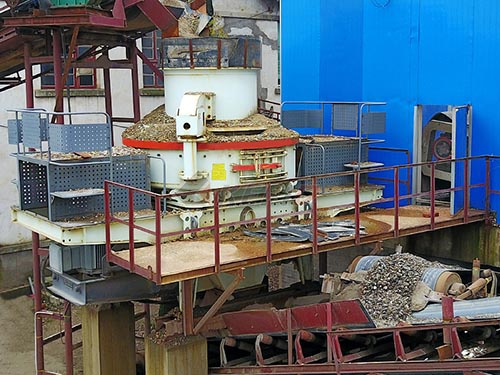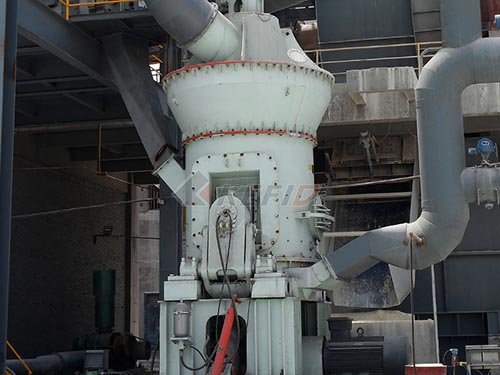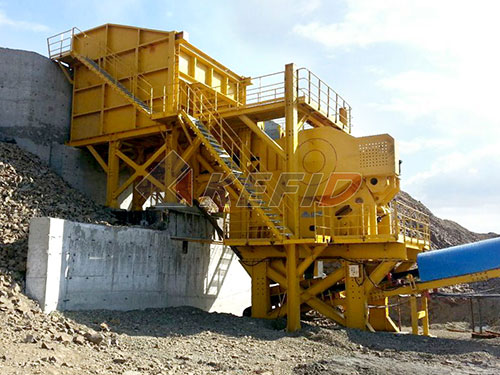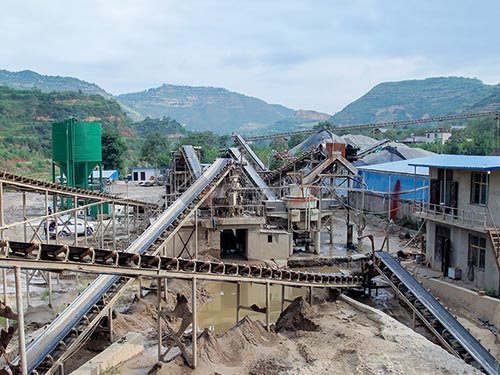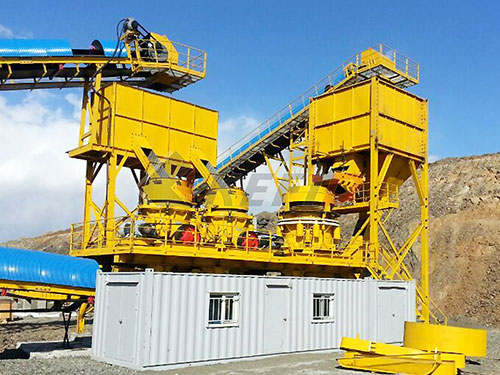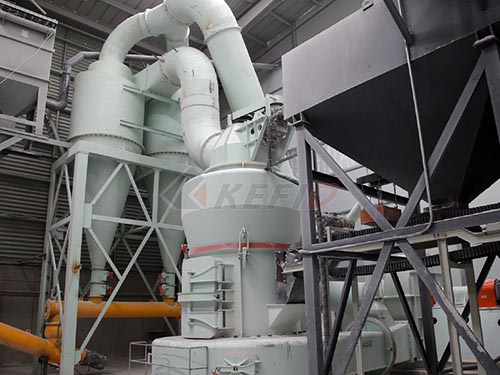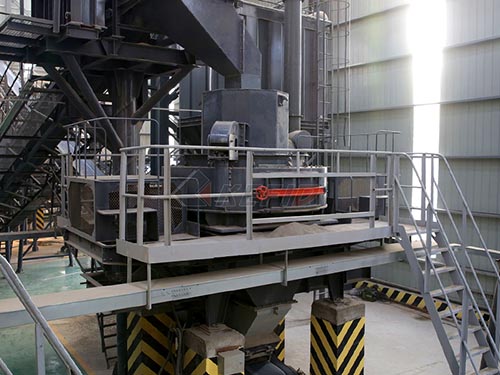Beyond the Crush: Navigating Thailand’s Crusher Selection & Investment Landscape
The vibrant hum of Thailand’s construction and mining sectors is unmistakable. From ambitious infrastructure projects like high-speed rail networks and deep-sea ports to the relentless demand for aggregates feeding its concrete jungles, the need for efficient rock processing is paramount. At the heart of this process lies a critical piece of equipment: the crusher. However, navigating this landscape presents two distinct, yet deeply intertwined, challenges: understanding the technical nuances of selecting the right crusher (the “Crushers Guide”) and making informed decisions about investing in crushing operations within Thailand’s unique economic and regulatory environment. While often conflated, mastering both aspects – the technical guide and the investment strategy – is essential for sustainable success.
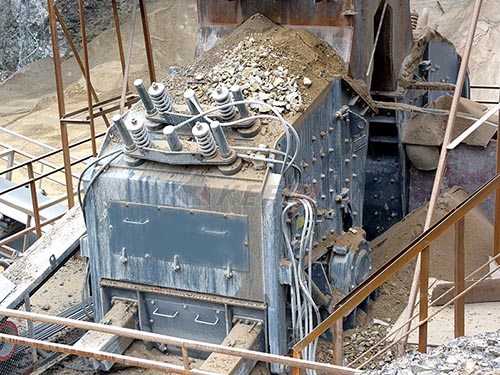
Part 1: The Crushers Guide – Mastering Machine Selection & Application
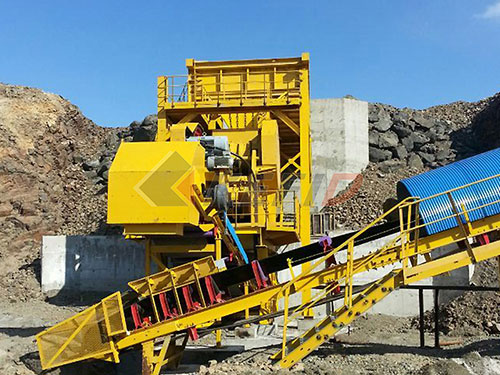
This foundational aspect focuses purely on the technical specifications, operational principles, and application suitability of various crushing equipment. It’s about matching machine capability to material characteristics and desired output.
1. Understanding Core Crushing Principles & Stages:
Purpose: Size reduction – transforming large rocks/quarry run into usable aggregate fractions (e.g., base course, sub-base, concrete sand) or specific industrial minerals.
Stages: Crushing is rarely a single-step process.
Primary Crushing: First contact with raw material directly from blasting or excavation. Goal: Reduce large boulders (up to 1-2 meters) to manageable sizes (~100-250mm). Requires robust machines capable of handling high impact and variable feed sizes.
Secondary Crushing: Further reduces primary crushed material to intermediate sizes (~20-100mm). Focus shifts towards producing specific particle shapes and size distributions suitable for downstream processes.
Tertiary/Quaternary Crushing: Fine-tuning size reduction to produce precisely graded end products (e.g., <40mm down to sand fractions like 0-5mm). High focus on cubicity (shape) for applications like high-quality concrete or asphalt.
(Often included): Screening: Integral at each stage to separate crushed material into desired size fractions before sending oversize back for further crushing or undersize to final product stockpiles.
2. Demystifying Crusher Types & Their Domains: Each technology excels in specific scenarios based on rock properties (hardness, abrasiveness), feed size, required product shape/size, capacity needs,
